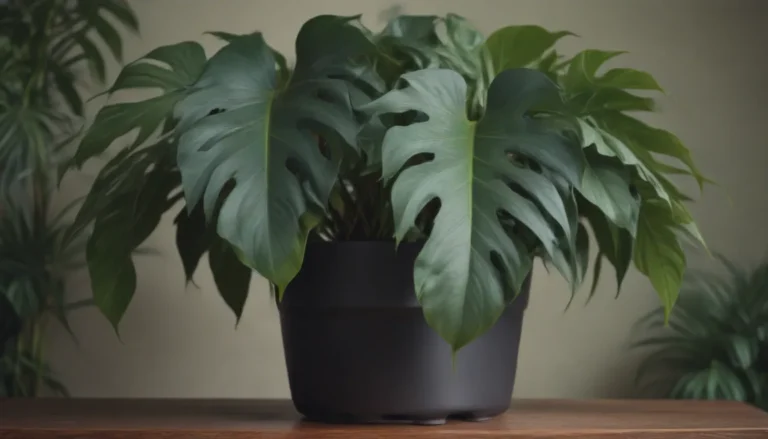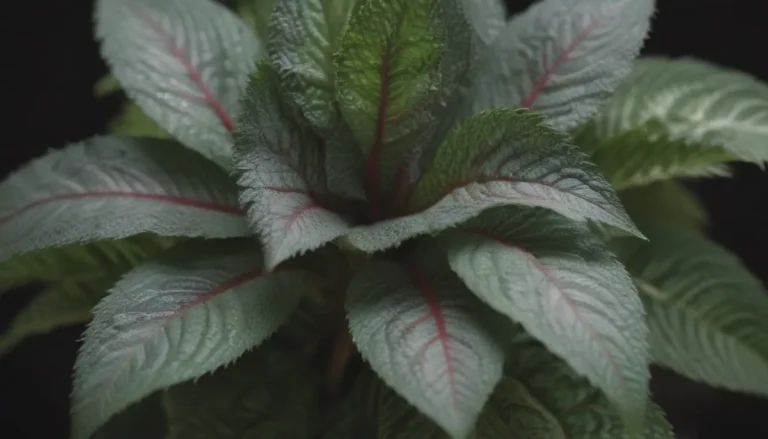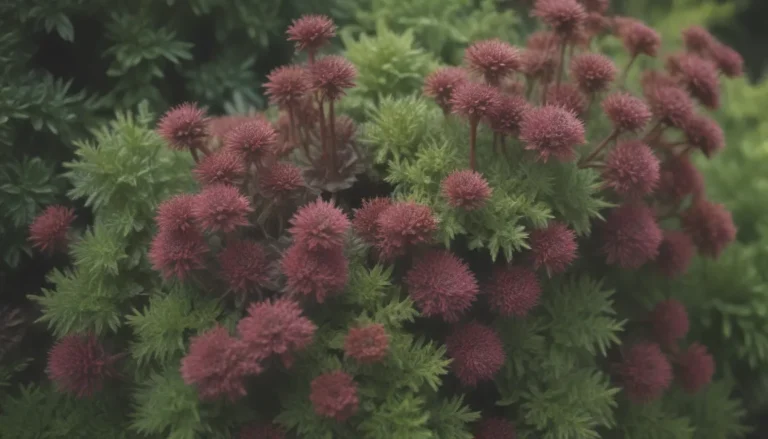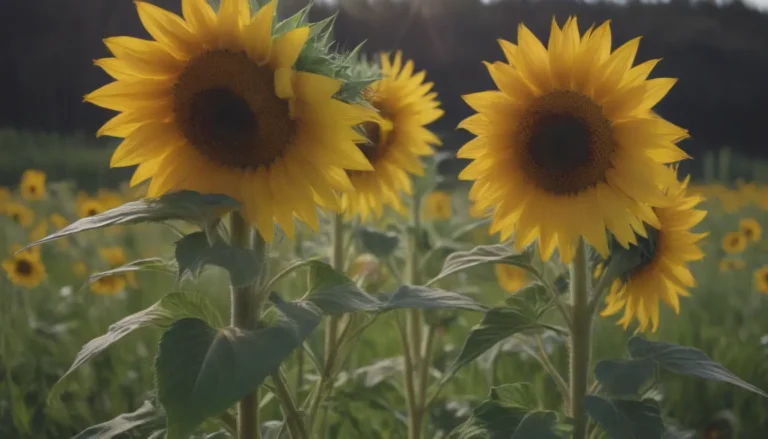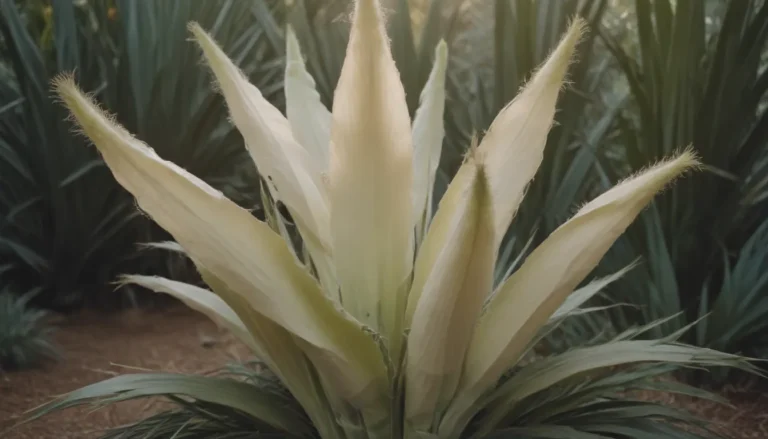A Comprehensive Guide to Growing and Caring for Ornamental Cabbage and Kale
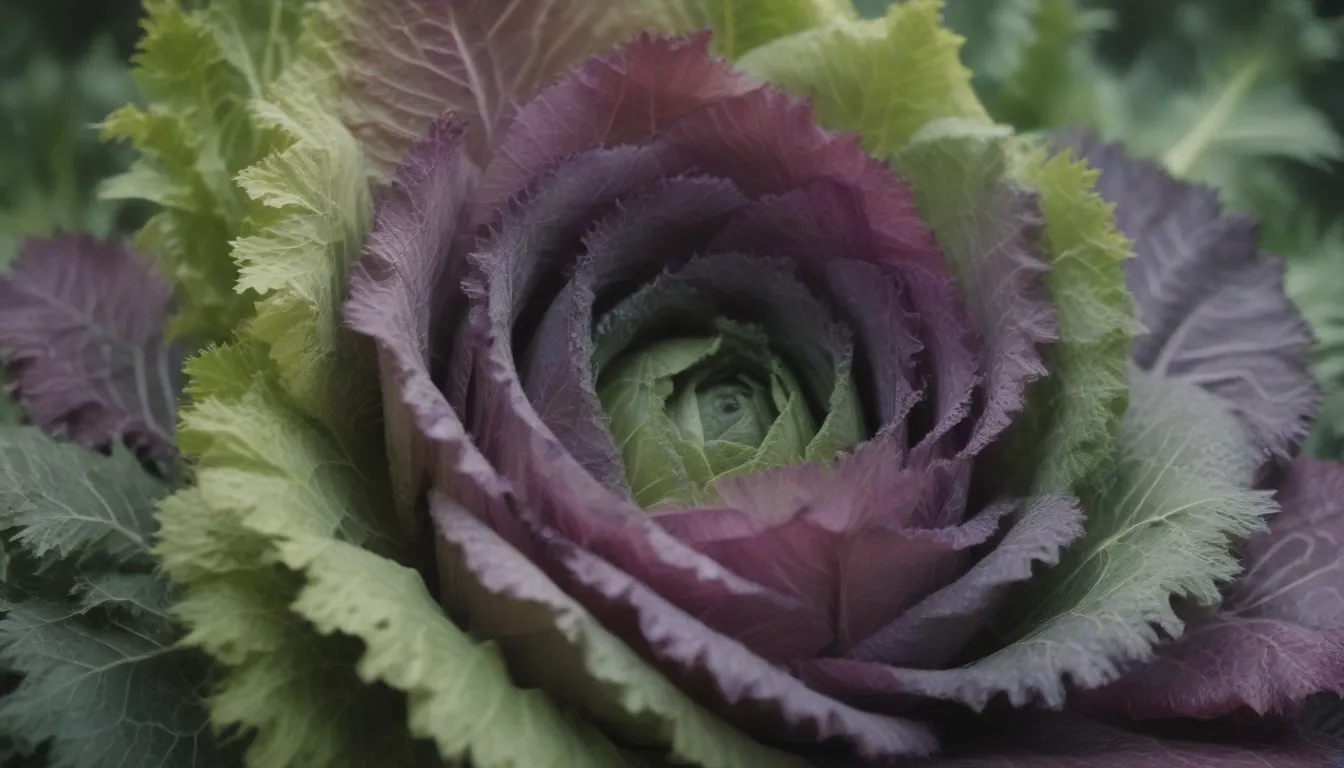
Welcome to our in-depth guide on how to grow and care for ornamental cabbage and kale! These stunning plants are a unique addition to any garden, with their vibrant colors and unique textures. While they may look similar to their edible cousins, ornamental cabbage and kale have been bred for their appearance rather than flavor. Let’s dive into everything you need to know about these beautiful plants, from planting to maintenance and common issues you may encounter.
Understanding Ornamental Cabbage and Kale
Ornamental cabbage and kale belong to the Brassica oleracea species, just like their edible counterparts. These plants are known for their rosettes of purple, rose, and creamy white leaves that resemble large flowers. The varieties with smooth leaf margins and broad, flat leaves are commonly referred to as flowering cabbages, while those with serrated or fringed leaf margins are considered flowering kales. Despite being biennials, ornamental cabbage and kale are typically grown as annuals for their ornamental value, planted in the fall or early spring and removed after their seasonal display.
Ornamental Cabbage and Kale Care Tips
Taking care of ornamental cabbage and kale is relatively easy, but there are a few key factors to keep in mind to ensure they thrive in your garden.
Light
- Ornamental cabbage and kale prefer full sun, but partial afternoon shade is recommended in warmer climates.
Soil
- Plant these beauties in organically rich, loamy soil that drains well. Aim for a slightly acidic soil pH of 5.5 to 6.5.
Water
- Keep the soil consistently moist, but avoid overwatering. Water when the top inch of soil is dry, especially during dry spells or if they are not receiving regular rainfall.
Temperature and Humidity
- Ornamental cabbage and kale develop their best colors in cool conditions, so exposure to cold temperatures is ideal. They can survive temperatures above 5 degrees Fahrenheit but may suffer damage if there is a sharp drop in temperature.
Fertilizer
- Use a balanced fertilizer at planting time, but avoid fertilizing while the plants are growing to prevent color loss and legginess.
Types of Ornamental Cabbage and Kale
When it comes to varieties of ornamental cabbage and kale, there is not much diversity available for home gardeners. However, you can choose from different color combinations that appeal to you. Popular varieties include ‘Chidori’ ornamental kale, ‘Color Up’ ornamental cabbage, ‘Osaka’ ornamental cabbage, ‘Peacock’ ornamental kale, and the ‘Pigeon’ series ornamental cabbage.
Propagating and Growing Ornamental Cabbage and Kale
While these plants are typically discarded after their first season, you can collect seeds from faded flower heads and replant them at the appropriate time to grow new plants. Start seeds indoors before the last expected frost date in spring or mid-summer for a fall display. For fall and winter displays, plant the seedlings in mid to late August. Consider growing ornamental cabbage and kale in containers for a stunning seasonal display.
Common Pests and Plant Diseases
Like other members of the Brassica family, ornamental cabbage and kale are prone to pests such as cabbage worms, caterpillars, thrips, and aphids. Common diseases include leaf spots, blackleg, black rot, and yellows. Maintain good air circulation and use appropriate pesticides to manage pests and diseases effectively.
Troubleshooting Common Problems
Ornamental cabbage and kale can face issues like holes in leaves, black or yellow spots, and tall, ugly stalks indicating bolting. Control pests with insecticidal soaps and fungicides for fungal diseases. Ensure good airflow to reduce the risk of leaf spots and maintain the plants’ appearance.
Tips for Longevity and Display
Ornamental cabbage and kale can be used in various ways, from group plantings to container displays. They pair well with other fall plants like chrysanthemums and ornamental grasses. To prolong their lifespan, expose them to freezing temperatures for optimal color development. If bringing them indoors, keep them in cool conditions for the best results.
In conclusion, ornamental cabbage and kale are stunning plants that can add a pop of color and texture to any garden. With proper care and maintenance, you can enjoy these beauties throughout the fall and winter seasons. Experiment with different varieties and planting methods to create a unique display that attracts attention and enhances your outdoor space. Happy gardening!
